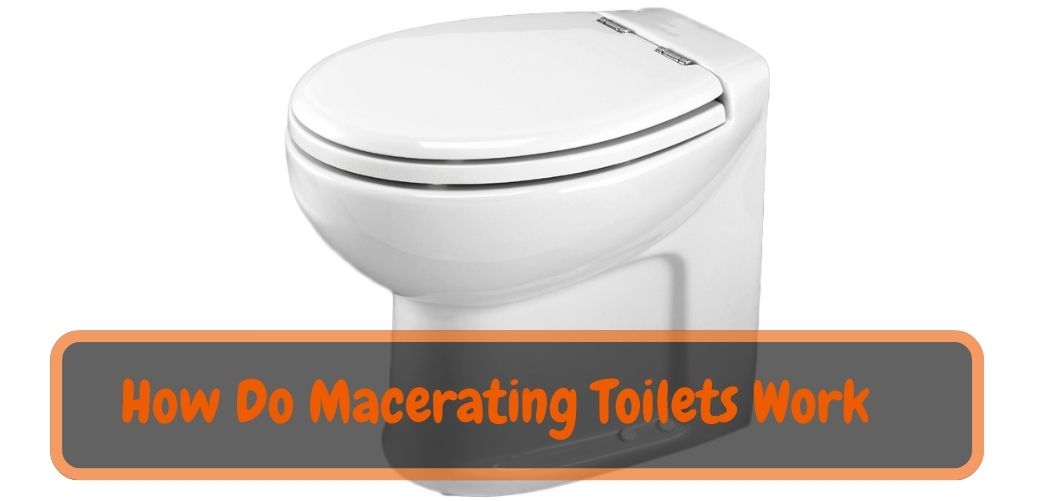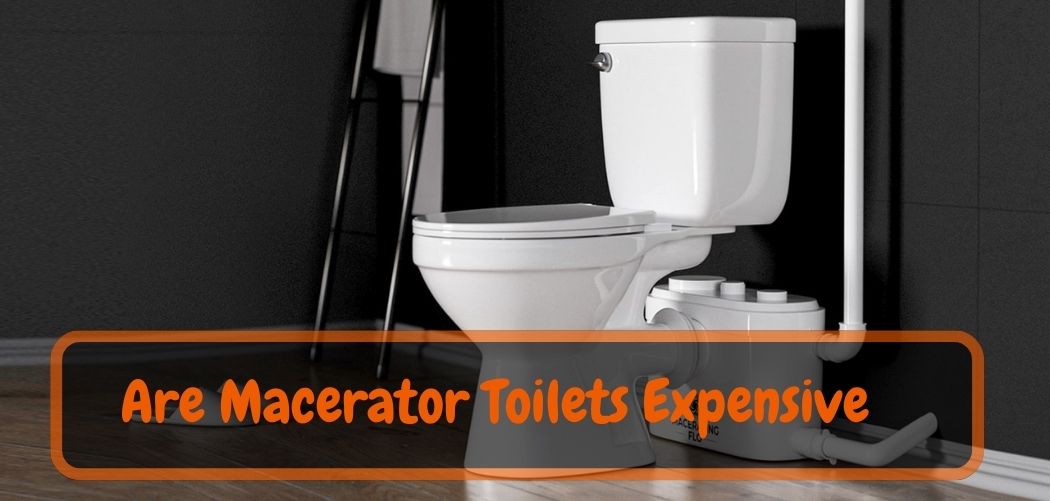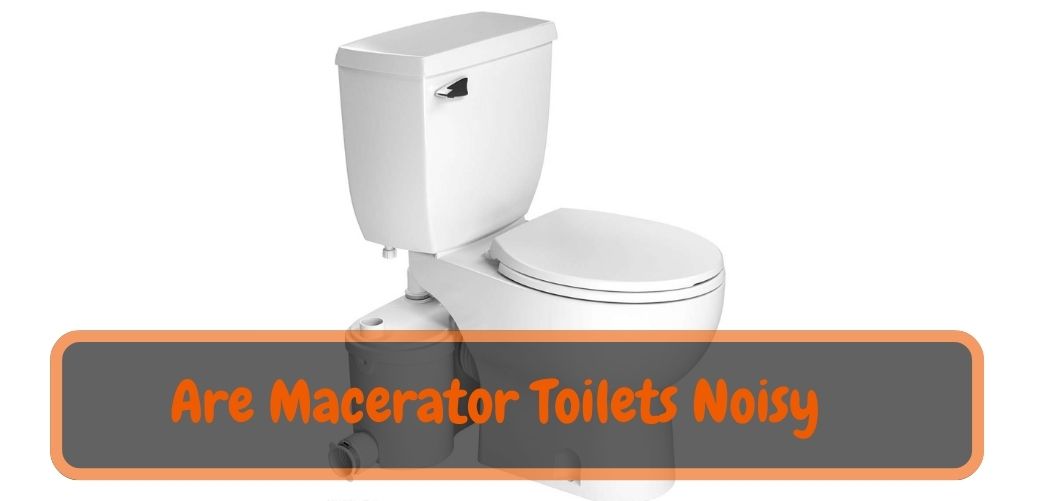Macerating toilets work by grinding waste into small pieces that can be easily transported through pipes with the help of a pump. These toilets are beneficial in homes and buildings where traditional plumbing is not possible or too expensive to install.
In the realm of modern plumbing innovations, macerating toilets stand out as a game-changing solution that challenges conventional notions of waste disposal. The question that naturally arises is: “How do macerating toilets work?”
These ingenious systems have revolutionized plumbing by offering versatile options for creating bathrooms in spaces where traditional installations would be impractical or costly. In this exploration, we delve into the intricate mechanics behind macerating toilets,
Uncovering the mechanisms that enable them to efficiently process waste and ensure seamless drainage. By understanding the inner workings of macerating toilets,
Homeowners and professionals alike can grasp the technology that powers these compact and versatile fixtures, transforming plumbing possibilities in diverse settings.
How Macerating Toilets Work
Macerating toilets work by breaking down waste and toilet paper into fine particles through the maceration process. The pump then takes over by pushing these particles through a pipe towards the main drain. The pump can discharge the waste up to 12 feet vertically and 150 feet horizontally.
The macerator pump also helps in preventing clogs and making it possible to install a toilet in a location that is far from the existing drain system. This type of toilet allows for more flexible and creative bathroom designs, making it a popular choice for renovations.
With its efficient and effective system, macerating toilets provide a practical and convenient solution for those looking for a different kind of toilet experience.
The Easy Guide: How Do Macerating Toilets Work?
Macerating toilets have revolutionized the world of plumbing, offering innovative solutions for spaces where conventional installations are challenging or impractical.
Understanding the inner workings of these systems is essential for homeowners and professionals looking to maximize efficiency and functionality in various plumbing projects.
This guide provides a comprehensive overview of how macerating toilets work, from their mechanisms to their applications, enabling you to make informed decisions and harness the benefits of this transformative technology.
1. Introduction to Macerating Toilets
Definition and Purpose
Advantages of Macerating Toilets
2. Key Components of Macerating Toilets
Macerator Unit
Toilet Bowl and Pump
Pumping Mechanism
3. Macerating Process Explained
Waste and Water Entry
Grinding and Macerating Action
Homogenization of Waste
4. Pumping and Drainage
Pumping Action to Overcome Gravity
Connection to Drainage System
5. Mechanisms and Technologies
Blade-Based vs. Grinding Macerators
High-Torque Motors for Efficient Grinding
Anti-Clogging Features
6. Installation Considerations
Choosing the Right Location
Connecting to Water Supply and Drainage
Ventilation Requirements
7. Applications of Macerating Toilets
Basement Bathrooms
Attic Conversions
Remodeling Projects
8. Comparative Analysis of Macerating Toilet Models
Performance vs. Noise
Durability and Longevity
9. Benefits and Limitations
Space-Saving Potential
Noise Reduction Features
Maintenance and Repairs
Also Read: What is a Macerating Upflush Toilet: A Comprehensive Guide!
10. DIY Installation vs. Professional Help
Installing Macerating Toilets Safely
Expertise for Complex Installations
11. Maintenance and Troubleshooting
Regular Cleaning and Maintenance
Addressing Common Issues
12. Environmental Considerations
Water Efficiency and Sustainability
Impact on Overall Water Consumption
13. Future Trends in Macerating Toilet Technology
Smarter, More Efficient Designs
Integration with Smart Plumbing Systems
14. Conclusion
The Innovation and Practicality of Macerating Toilets
Embracing Versatile Plumbing Solutions
Also Read: The Ugly Truth: Disadvantages of Macerator Toilets
What Are Macerating Toilets?
Macerating toilets are innovative toilets that work differently from traditional toilets. A macerating toilet includes a macerator pump that macerates waste and toilet paper. The macerator pump has blades that crush the waste into a fine slurry, which then travels through the pump and into the sewer or septic system.
Macerating toilets are versatile and can be installed almost anywhere, including in basements, attics, or other areas where traditional plumbing is not possible. These toilets have two main components, the pump and the bowl. They are also available in different designs, including wall-mounted toilets and floor-mounted toilets.
Overall, macerating toilets are an excellent choice for people who want to add a toilet to their homes without the hassle of traditional plumbing or have limited space.
Residential Uses Of Macerating Toilets
Macerating toilets are becoming increasingly popular among homeowners due to their convenience and space-saving benefits. These toilets can be installed in areas where traditional plumbing is not feasible. Moreover, they are cost-effective and easy to install. Macerating toilets use a powerful motor and a special blade system to chop up waste into tiny particles before pumping it through pipes.
As a result, homeowners can use smaller diameter pipes, which enables them to install the toilets in areas such as basements, attics, and garages. In addition, the compact design of these toilets means they can fit in small spaces without sacrificing functionality.
Overall, macerating toilets provide a practical solution for homeowners looking to expand their living space without undergoing expensive renovations.
Commercial Uses Of Macerating Toilets
Macerating toilets are widely used in commercial settings for various benefits. They are cost-efficient and easy to install compared to traditional plumbing systems. The flexibility and versatility of macerating toilets make them ideal for various building designs and layouts. Moreover, these toilets are environmentally friendly and reduce water consumption.
Macerating toilets work by grinding waste and toilet paper into small pieces, which are then pumped into a drain line. They are perfect for adding facilities to a building without major construction or expensive plumbing modifications. Macerating toilets are an excellent choice for commercial buildings, including hospitals, offices, hotels, and restaurants.
Factors To Consider When Purchasing
Macerating toilets work by grinding solid waste into tiny particles. When purchasing a macerating toilet, there are factors to consider. Firstly, the type and size of the toilet must be compatible with the plumbing system. Secondly, the pumping system of the toilet is important to ensure a consistent and reliable performance.
Lastly, the price and budget should be taken into account. Macerating toilets tend to be more expensive than traditional models, but they offer benefits such as easy installation and flexibility in bathroom design. Selecting the right macerating toilet is essential to ensure hassle-free and efficient waste disposal.
Take into consideration the necessary features and cost before making a decision.
Frequently Asked Questions On How Do Macerating Toilets Work?
How Does A Macerating Toilet Work?
A macerating toilet uses a motorized unit to quickly and efficiently break down waste and toilet paper, which is then pumped through pipes to be disposed of.
What Are The Benefits Of A Macerating Toilet?
A macerating toilet can be installed in spaces where traditional plumbing cannot. They’re also more efficient, using less water and requiring less maintenance.
How Is A Macerating Toilet Installed?
A macerating toilet is installed by connecting it to a macerating unit, which is then connected to a discharge pipe. The unit can be installed in a variety of locations.
Can A Macerating Toilet Handle Feminine Products?
No, a macerating toilet should not be used to dispose of feminine products or anything other than waste and toilet paper. Flushing anything else can cause damage to the macerating unit.
What Is The Maintenance Required For A Macerating Toilet?
A macerating toilet requires very little maintenance. It’s important to only flush waste and toilet paper and to periodically clean the macerating unit to prevent clogs and odors.
Conclusion
Delving into the inner workings of macerating toilets reveals the remarkable innovation that has reshaped the landscape of modern plumbing. Understanding how macerating toilets work offers a glimpse into the synergy of technology and functionality,
Enabling efficient waste disposal and drainage in spaces that were previously deemed challenging for traditional installations. By grasping the intricacies of macerating toilets, homeowners and professionals can harness their adaptability and versatility,
Opening doors to creative bathroom designs in basements, attics, and other unconventional locations. As plumbing solutions continue to evolve, the knowledge of macerating toilet mechanisms empowers us to reimagine the possibilities of functional and efficient plumbing systems in an ever-changing world.









